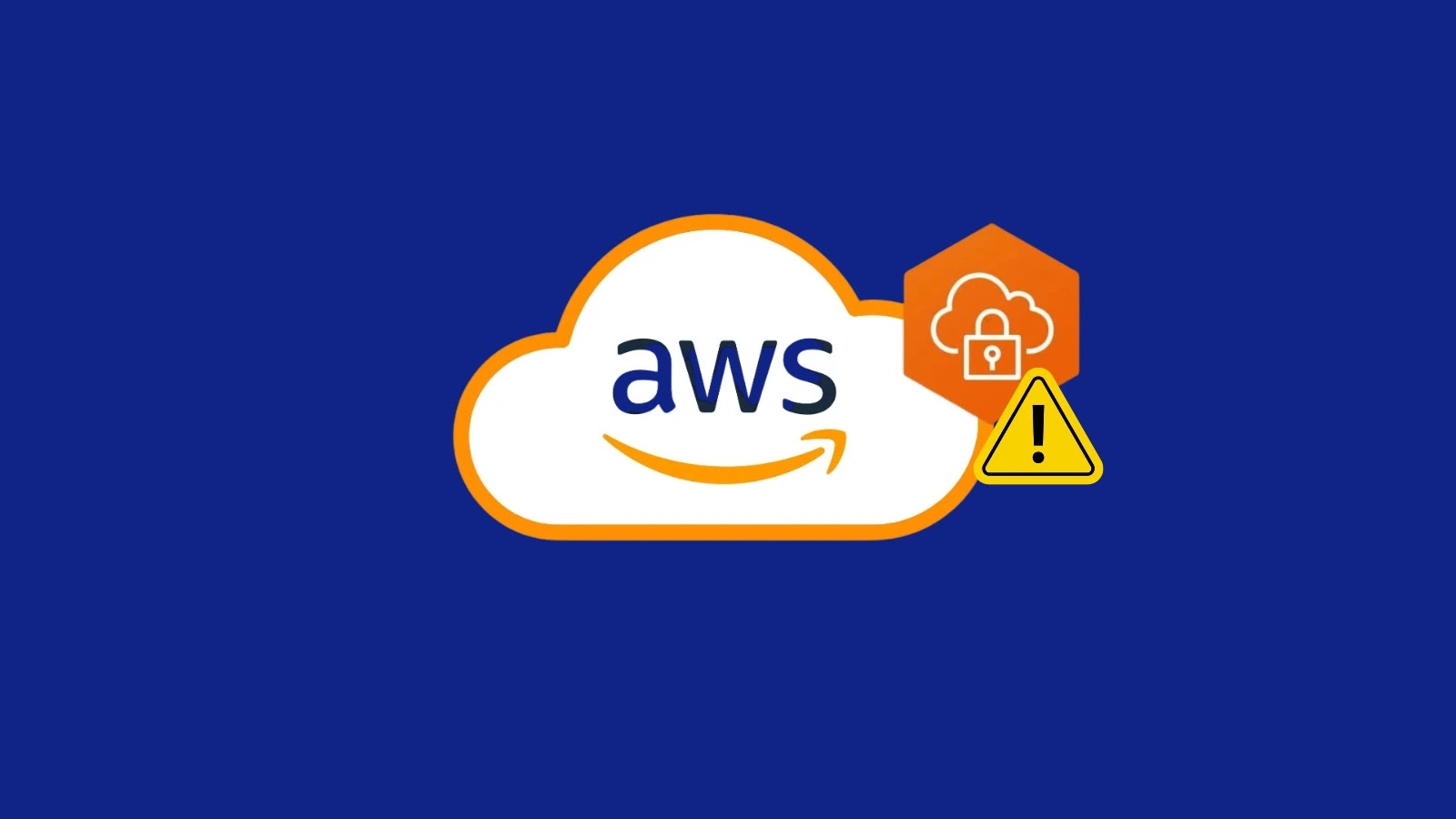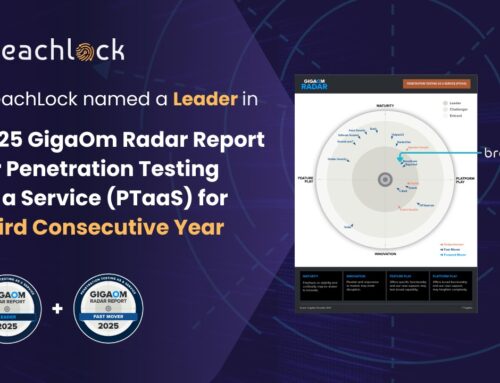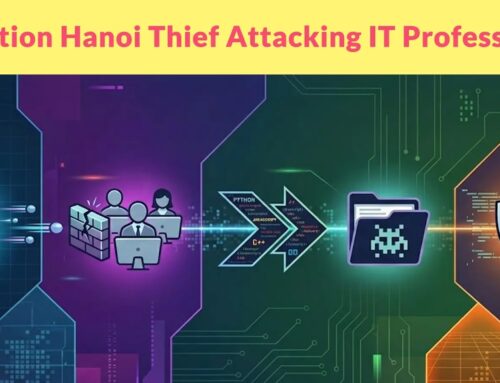
Critical AWS ClientVPN for macOS Vulnerability Let Attackers Escalate Privileges
Unmasking the Critical AWS Client VPN for macOS Vulnerability: A Deep Dive into Local Privilege Escalation
The digital landscape is constantly shifting, and with it, the threats that lurk within. Lately, a significant chink in the armor of cybersecurity has emerged, specifically impacting users of AWS Client VPN for macOS. A critical flaw, identified as a local privilege escalation vulnerability, has put non-administrator macOS users at considerable risk. This isn’t just another patch; it’s a stark reminder that even managed services require diligent oversight. Understanding the mechanics of this flaw, its potential impact, and crucial remediation steps is paramount for anyone relying on AWS Client VPN on their macOS devices.
The Vulnerability Unpacked: CVE-2025-11462 and Log Rotation Abuse
At the heart of this issue lies CVE-2025-11462, a critical vulnerability that allows attackers to achieve root privileges on a macOS system. This isn’t through a complex exploit of the VPN’s core cryptographic functions, but rather a more insidious method: by manipulating the client’s log rotation mechanism. AWS Client VPN, a popular managed, client-based VPN service, is designed to provide secure access to AWS resources and on-premises networks. Its widespread adoption makes this vulnerability particularly concerning.
The core of the problem stems from how the AWS Client VPN client handles its log files on macOS. Log rotation is a standard practice to prevent log files from continuously growing and consuming excessive disk space. However, in this specific implementation, a non-administrator user can abuse this mechanism. By interfering with the log rotation process, an attacker can create conditions that allow them to execute malicious code with elevated, root-level privileges. This bypasses the typical security boundaries of a macOS system, giving the attacker complete control over the compromised machine.
Understanding Local Privilege Escalation (LPE)
Local Privilege Escalation (LPE) is a type of cyberattack where an attacker, who already has some level of access to a system (in this case, as a non-administrator user), exploits a vulnerability to gain higher privileges – typically administrative or root access. This is a crucial step in many advanced persistent threat (APT) campaigns because it grants the attacker the ability to install malware, modify system configurations, access sensitive data, or establish persistent backdoors.
For macOS users, the implications are severe. With root privileges, an attacker could:
- Install arbitrary software without user consent.
- Access and exfiltrate any file on the system, including sensitive personal and corporate data.
- Modify system settings to hinder detection or create new attack vectors.
- Completely compromise the integrity and confidentiality of the affected macOS device.
Remediation Actions: Protecting Your macOS Environment
Given the critical nature of CVE-2025-11462, immediate action is required for all AWS Client VPN for macOS users. While the full patch details are typically provided by AWS, here’s a general remediation strategy:
- Update AWS Client VPN: The most crucial step is to download and install the latest available version of the AWS Client VPN client for macOS. AWS has undoubtedly released a patched version to address this vulnerability. Always prioritize updates from official sources.
- Regular Security Audits: Perform regular security audits of your macOS systems, especially those using AWS Client VPN. Look for unusual activity, unauthorized processes, or modified system files.
- Principle of Least Privilege: Ensure that users operate with the absolute minimum privileges necessary to perform their tasks. This limits the potential impact of an LPE vulnerability.
- Monitoring and Logging: Enhance monitoring and logging capabilities on macOS endpoints. Centralized logging can help detect anomalous activities that might indicate an attempted or successful privilege escalation.
- Endpoint Detection and Response (EDR): Utilize EDR solutions to provide advanced threat detection and response capabilities, which can identify and mitigate LPE attempts proactively.
Tools for Detection and Mitigation
Implementing a robust security posture often involves leveraging specialized tools. Here are some categories of tools that can assist in identifying and mitigating such vulnerabilities:
| Tool Name / Category | Purpose | Link (Example/General) |
|---|---|---|
| AWS Client VPN Client | Official application updates to patch the vulnerability. | AWS Client VPN Documentation |
| Endpoint Detection & Response (EDR) Solutions | Detect anomalous process behavior and privilege escalation attempts. | Vendor-specific (e.g., CrowdStrike Falcon, SentinelOne, Microsoft Defender for Endpoint) |
| Vulnerability Scanners | Identify outdated software or known vulnerabilities on endpoints. | (e.g., Tenable.io, Qualys, OpenVAS) |
| macOS Security Auditing Tools | Assess system configurations and identify potential weaknesses. | (e.g., osquery, Lynis) |
Conclusion: Stay Vigilant, Stay Secure
The disclosure of CVE-2025-11462 in AWS Client VPN for macOS underscores the continuous need for vigilance in cybersecurity. Even well-regarded managed services can harbor critical flaws. For users and organizations leveraging AWS Client VPN on macOS, prioritizing updates and adopting a multi-layered security approach are essential. This includes not only patching known vulnerabilities but also implementing strong access controls, comprehensive monitoring, and advanced threat detection tools. By understanding these risks and acting decisively, we can collectively strengthen our defenses against the evolving landscape of cyber threats.





